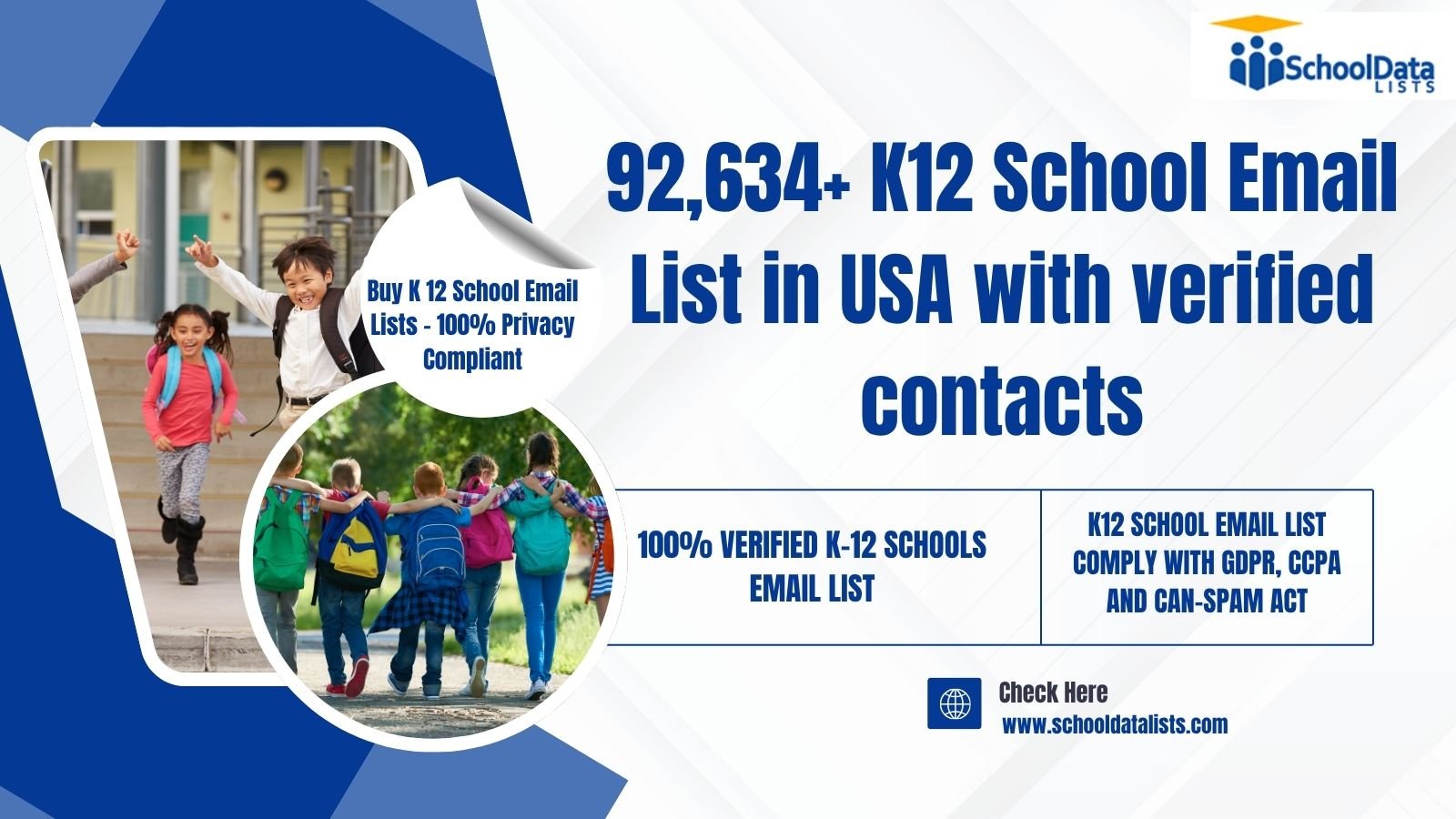Access control is the foundation of cybersecurity. However, as organisations expand and implement more sophisticated systems, generic access protocols are insufficient. That’s where Privileged Access Management comes in. If you find yourself wondering if your access management is actually secure, it may be time to look at how privileged access is being handled throughout your environment.
What Is Defined as Privileged Access?
Privileged access is exceptional permission to users, accounts, or applications enabling them to accomplish essential functions—like system setup, accessing sensitive information, or controlling other users’ accounts. These rights are necessary for IT staff and system administrators, yet they present serious risk when unmonitored and uncontrolled.
Why Standard Access Controls Are Not Enough
Role-based access control is the focus of traditional access control models, with users being aggregated and given permissions according to their job role. Although this approach is sufficient for general access requirements, it is usually inadequate in addressing higher-level privileges. Privileged users normally have greater access to core systems and are able to circumvent normal security measures. That implies that a single compromised privileged account would be catastrophic.
The Risk of Leaving Privileged Accounts Unchecked
Most high-profile security incidents trace back to the abuse—or theft—of privileged accounts. They are usually attacked by cybercriminals because they provide such extensive system access. Left unmonitored, they can:
- Enable lateral movement within networks
- Grant access to sensitive information
- Enable attackers to gain persistence
- Avoid security tools and logs
This is why privileged access management extends far beyond password strength and user education.
What Is Privileged Access Management?
Privileged Access Management (PAM) is a specialized cybersecurity practice that manages, tracks, and audits privileged users’ access to sensitive systems. It assists in enforcing the principle of least privilege—granting users only the minimum level of access necessary to carry out their responsibilities.
PAM solutions commonly feature:
- Session monitoring and recording
- Credential vaulting
- Just-in-time access provisioning
- Automated auditing and alerts
- Role- and context-based access enforcement
This not only ensures access but also leaves you with granular logs of who accessed what, when, and for how long—crucial for both internal audit and regulatory compliance.
Indications That Your Access Management Is Inadequate
Ask yourself the following:
- Are you able to track every privileged user and account within your system?
- Do you track what your administrators do during privileged sessions?
- Are privileged credentials changed or rotated regularly?
- Can you quickly terminate privileged access in the event of a threat?
If the answer is “no” or “uncertain” to any of them, your existing access management system might not be privileged enough or secure enough.
Benefits of a PAM Strategy
Having a PAM model isn’t solely about restricting access—it’s about managing it with precision. The main advantages are:
1. Improved Security Posture
Removing unnecessary privileged access reduces the attack surface and decreases the risk of insider attacks or outside breaches.
2. Regulatory Compliance
Numerous data protection laws mandate strict access controls. PAM facilitates compliance with standards such as GDPR, HIPAA, and ISO 27001.
3. Operational Efficiency
Automating access requests, approvals, and credential rotation frees up your IT staff to work on high-value activities rather than spend time manually managing access.
4. Full Visibility and Accountability
Audit trails and real-time monitoring offer actionable insights into privileged behaviour—vital for post-incident analysis.
Typical PAM Implementation Issues
Though the utility of PAM cannot be disputed, implementation is not without issues. Some of the typical issues are:
- Resistance to Change: Users and admins will resist further security measures
- Over-Privileged Accounts: Identification and modifying accounts with too many rights is time-consuming
- Integration Complexity: Older systems might not integrate with contemporary PAM tools
- Continuous Maintenance: Privileged access management needs regular tuning and scrutiny
Staff training and phased rollout planning can work to overcome these challenges.
Best Practices for Best Privileged Access Management
In order to gain the most value from your PAM deployment, follow these best practices:
- Audit All Privileged Accounts: Users, applications, and service accounts are included
- Implement Least Privilege Principle: Restrict access to only absolutely necessary
- Implement Multi-Factor Authentication (MFA): A critical layer for every privileged access point
- Schedule Regular Audits: Determine stale or unused accounts and permissions
- Use Just-in-Time Access: Provide temporary, time-restricted access depending on task necessity
Final Thoughts
In a world where cyber attacks are rapidly evolving at an alarming speed, it is no longer sufficient to depend on traditional access controls. Real security is found in knowing and controlling privileged access with clarity and precision. Privileged Access Management provides the tools and methods necessary to neutralize threats, safeguard critical assets, and have complete visibility into high-level user behavior.
Therefore, is your access management privileged? If you do not know the answer, now is the time to discover.













Leave a Reply